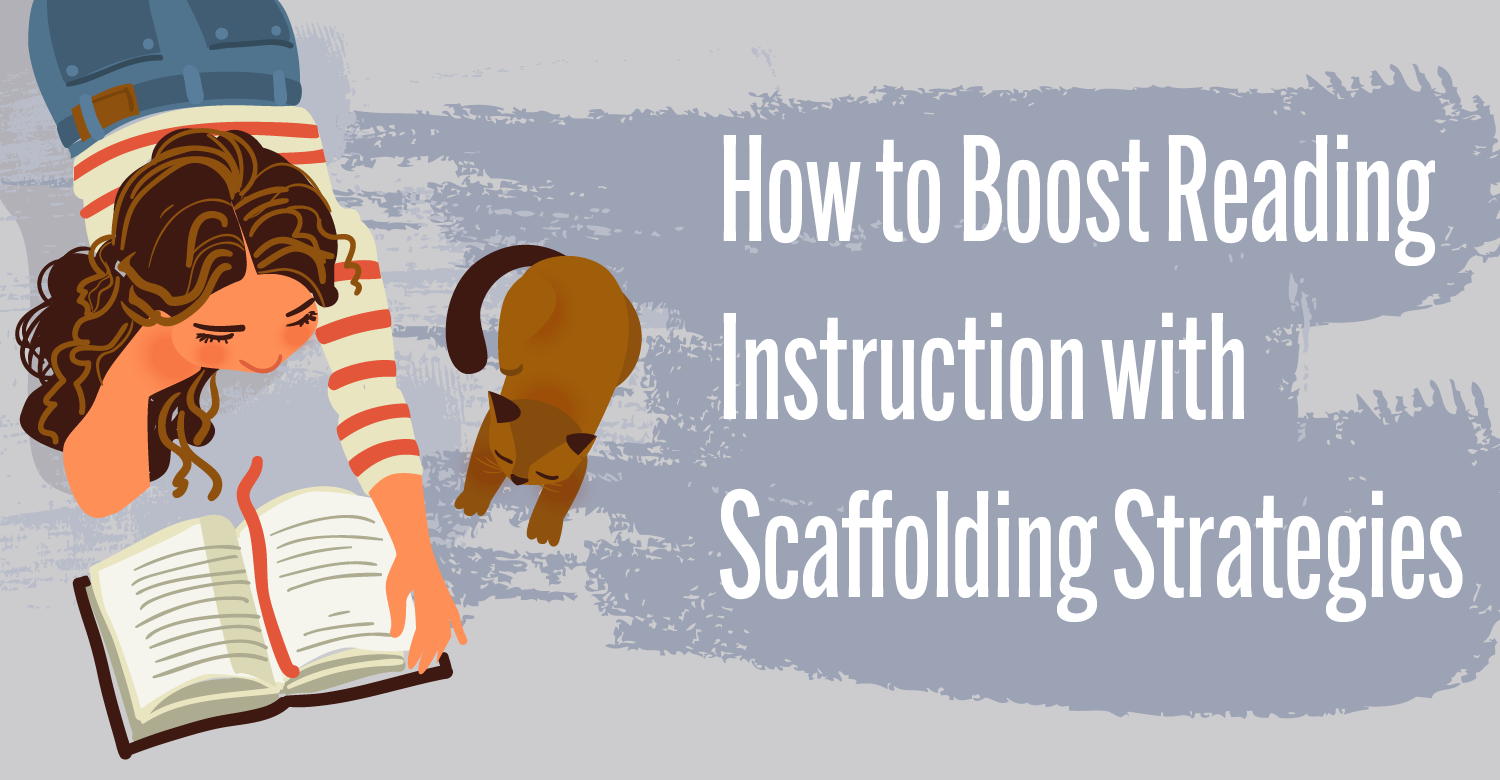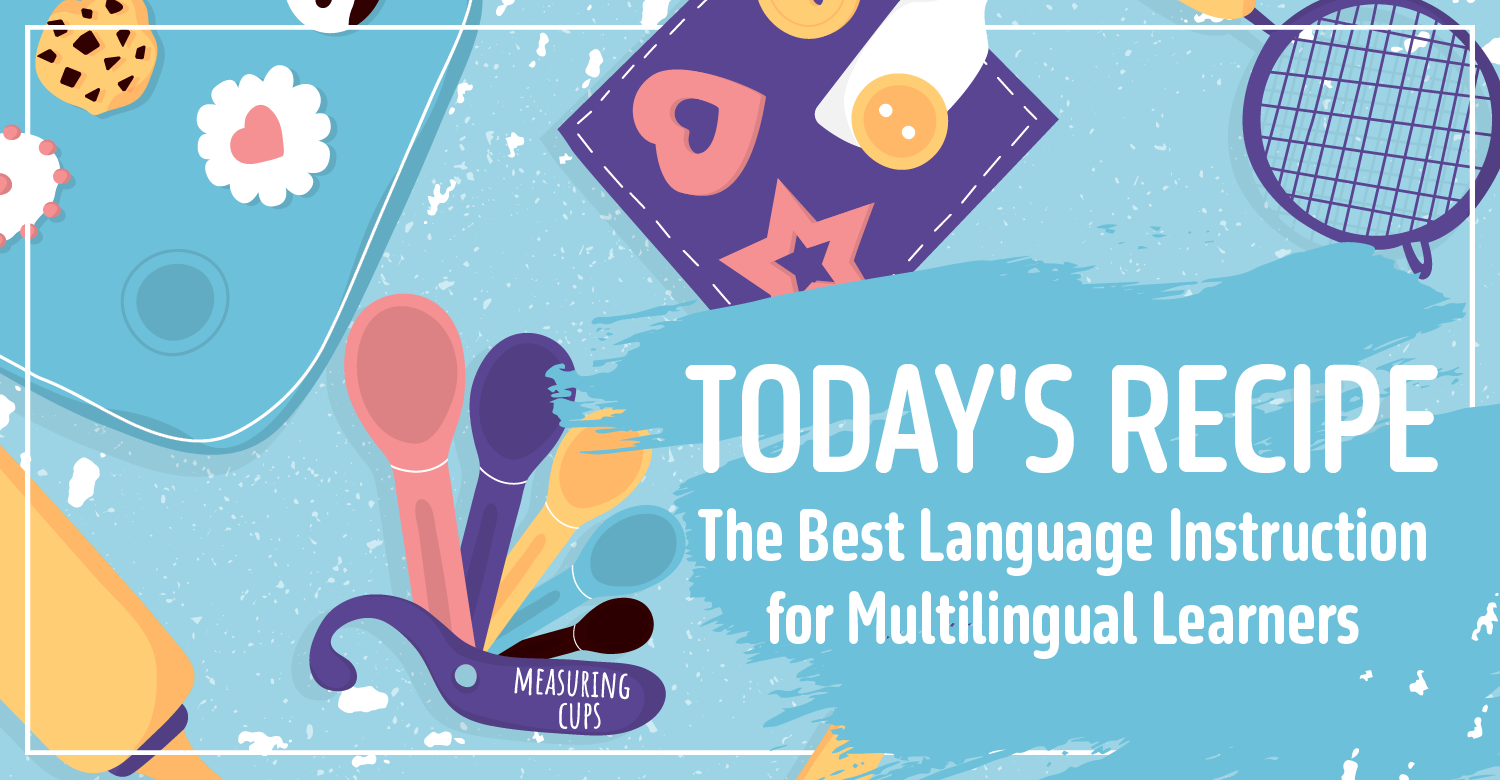Your assignment, if you choose to accept it, is to read the following three classroom scenarios and determine what they have in common, beyond the obvious things like, they occur in schools, etc. Accomplishing this task means you will have to search for clues to this open-ended question, you will have to think creatively and critically and that will be easier if you can demonstrate a tolerance for ambiguity. You will have to understand that your inquiry, your search for knowledge, is more important than any specific answer. And finally, to find commonality in these 3 scenarios, you probably need to relax and have a little fun . . . You brain likes when you smile.
1st Grade: Worm Sense!
First graders are busy at their assignment, which is looking at worms using all their senses and finding out as much as they can about them and how they move. They are touching, smelling, watching and listening (not hearing anything) and talking about the worms in the aquarium.
When Daniel asked about how fast the worms were, Julio says, “Hey, I know what we can do to learn more about our worms. We can have a worm race. We’ll put the hula-hoop on the floor and put all the worms in the middle, inside the hula hoop. Then we’ll watch them as they move and we can track them to see where they go, how they move, how long it takes them to go to the edge. What d’ya think?”
Naturally, all the others chime in to say, “Yeah” Rosa excited yelled, “Let’s do it” and Fatima wondered, “Is this what Miss Small was talking about when she said we can investigate when we are wondering about something?”
4th Grade: Flower Power
Clustered around a wooden table, the students are busy arranging flowers in the containers and placing the tinfoil around the small clay pots. They are getting ready for the lunch-hour sale that they have been doing all week. They had planted seeds, raised the flowers, and now were sprucing them up to sell to fellow students. It’s Mother’s Day weekend, and the students are buying the potted flowers for their moms, but the sales are lagging since the beginning of the week.
Amanda asks, “What can we do to get the sales to pick up. We won’t get rid of all these. You know, we only have one more day?”
“We could do a half price sale by making a BIG announcement.”
Chelsea chimed in, “You know what else, we can say that if they buy one, they get the second one FREE! My Mom loves it when the sales say, “‘Free’.”
“Okay, let’s ask Ms. Middleton, and then we can try it and see what happens.”
“Who’s gonna ask her? Who’s getting the sign ready?”
7th Grade: Stocks to Block
The seventh grade classroom of Mr. Smart has gotten wind of the upcoming flower sale at lunch today. In the middle of their economics discussion about the stock market, Petra thrusts his hand in the air, and abruptly sputters something about a “hostile takeover.” Everyone stops talking and looks at him, many wondering if they have heard him right. Others are just standing there, not knowing exactly what has just happened, when Petra starts to explain.
“A hostile takeover is when one company buys a whole bunch of stock in one company in order to own a controlling interest.”
His suggestion that their class should buy all the flowers has everyone listening. He goes on, “By owning the entire inventory of flowers, we can sell them tomorrow at the regular price and make a 50% gain on the value of the product. It’s putting the theory to work. I’d love to see the faces of those fourth graders if this works like we think it will”.
Assignment: What do these three scenarios have in common?
The answer to the question, “What do these three classroom have in common?” is . . . The students asked good questions, their peers listened, considered and applied what they heard. Every student was motivated to accomplish the objective, which they believed was worthwhile, relevant and engaging but not that concerned with the “right answer”. They were creative, fearless and most important of all, they seem to understand that they were doing more than school work.
The three scenarios demonstrate lively interactions with students of various ages, immersed in questioning, discussing, determining next steps and thoroughly captivate with curiosity, energized by the impending investigations and empowered by determining the best alternatives.
When students “own” the learning, the benefits offer tangible evidence how enhancing intellectual exercises are to student involvement. In fact, these problem solving lessons, help teachers move toward more student-centered instruction, and can provide those first steps for teachers in “letting go” and beginning to trust the learners to take the reins. It isn’t easy at first, but it is invigorating to our teaching and student learning.
References:
Based loosely on Edutopia video: “From Worms to Wall Street” https://www.youtube.com/watch?v=2HyFVEpZyEY
Everyday Problem Based Learning: Quick Projects for Building Problem Solving Fluency-Pete & Fogarty
[author_bio id=”341″][author_bio id=”53″]






